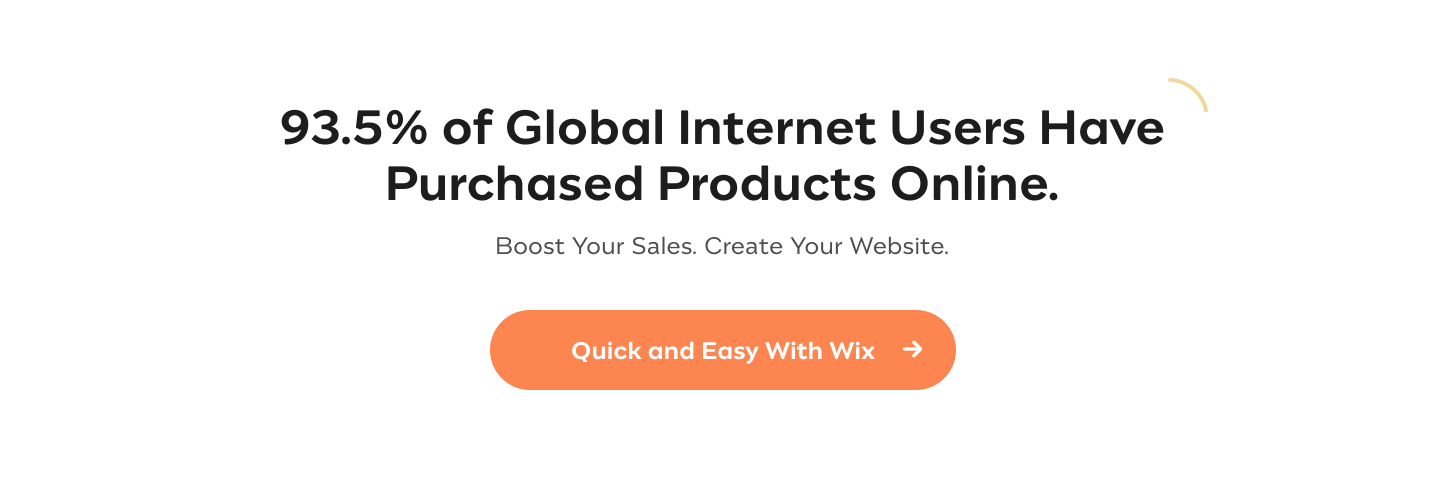
Every small business should have a website and an overall web presence. You don’t need to be a technology expert or spend a lot of money; there are great tools available now to quickly create a small business website. But as part of setting up your business website, it’s important to pay attention to a few top website design tips.
These website design tips for small businesses can help you maximize the impact of your web presence to attract customers and boost sales.
Mobile-First Website Design
According to November 2020 data from Statista, approximately half of all web traffic in the world is from mobile devices. This means that your business website needs to be designed in a “mobile-first” way that is easy to view on mobile devices and small screens. If you have an older website design with lots of small text, sub-menus, buttons, and links that were originally designed to appear on desktop, you should re-evaluate your design to be not just mobile-friendly but mobile-first.

Be Findable With Google My Business
Especially if you have a brick-and-mortar business and you want customers to be able to find your business via local searches, it’s important to pay attention to your Google search results and make it easy for customers to find you on Google. Google My Business is a free feature that helps people find your business on Google Search and Google Maps.
When you set up a Google My Business profile, it opens up several options for people to find your business more easily, see your business hours, contact your business, and share customer reviews of your business. Google is the most popular search engine in the U.S. and it’s worth making an effort to ensure that people can find your business quickly and easily on everyday Google searches. And if you incorporate a business with Incfile, we’ll help you set up your Google My Business profile for free.
Make It Easy for Customers to Buy
Think about the purpose of your website. Depending on what kind of business you have, you might have a few different purposes for what you want customers to do next when they find your website:
- Buy online (especially if you sell retail products via ecommerce)
- Sign up for an online demo of your product or service (especially if you sell complex, technical business-to-business services)
- Contact you for a free consultation (if you sell professional services)
Whatever you sell, you should want your business website to make it easy for your customers to find the “Buy” button. Make sure there are clear, easy-to-find calls to action (CTAs) on each page of your website. Your calls to action might be:
“Contact Us for a Free Consultation!”
“Sign Up for a Product Demo!”
“Buy Now!”
Just make sure your website is making it easy to ask for the customer’s business. Make it easy for people to buy!
Answer Customer Questions
Does your business website do a good job of answering customer questions? You need to use your website to help customers do their research and answer their questions before they decide to buy, especially if you sell complex technical products or professional services.
Here are a few ideas for how to answer customer questions on your website:
- Do you have an FAQs page to respond to the most common questions that people have about your business, your products, or your industry?
- Pay attention to Google Search results that lead traffic to your site — what questions or keywords are people entering into Google to find your site? How can you reverse-engineer your website content to respond to those questions directly?
- Think through the typical “buyer’s journey” that customers go through when they decide to buy from you. What information do customers need? What process do they need to work through? How can you build trust?
Think Visually
Don’t make your website too text-heavy. Include photos and colorful visuals. You might want to spend money on professional photography of your business, professional stock photos, or graphic design help to create infographics, charts, or other visually impactful materials.
Connect to Social Media
Make sure your website makes it easy for people to contact you via phone, email, and social media channels. Sometimes your prospective customers might not be ready to buy from you but want to follow you on social media to keep in touch and learn more about your company before they decide to buy. Invite people to sign up for your email list and ask them to join you on social media. This will extend the invitation for people to deepen their relationship with your company.
SEO Matters, But Don’t Overdo It
Search engine optimization (SEO) is a good strategy to improve your website’s search rankings and get more traffic from Google and other search engines. However, some small business websites make the mistake of over-emphasizing SEO, and they try to game the system by over-using SEO keywords and other tricks. There are no real overnight “shortcuts” anymore for how to use SEO in this way. Google is constantly changing its algorithm to try to discourage SEO keyword stuffers and other SEO tricks.
That said, there are a few key strategies that you can use for SEO on your small business website, such as identifying target keywords that are relevant to your business, using those keywords in the title of each page or blog article, and using the keywords a few times within the first 100 words of the text and in subheads. Some website builder tools also offer free SEO analytics and capabilities. Or you can look for professional SEO firms or sign up for SEO tools that can help you improve your website’s SEO.
Your company website doesn’t have to be complicated, but it does make a big difference to the success of your business. Be ready to learn, try new things, and adapt your website over time. Every website is a work in progress. Ideally, you will learn more about how your customers are finding your site, how to answer your customers’ questions with your website, and how to use your website as a meeting of the minds to build trust and create business relationships.
